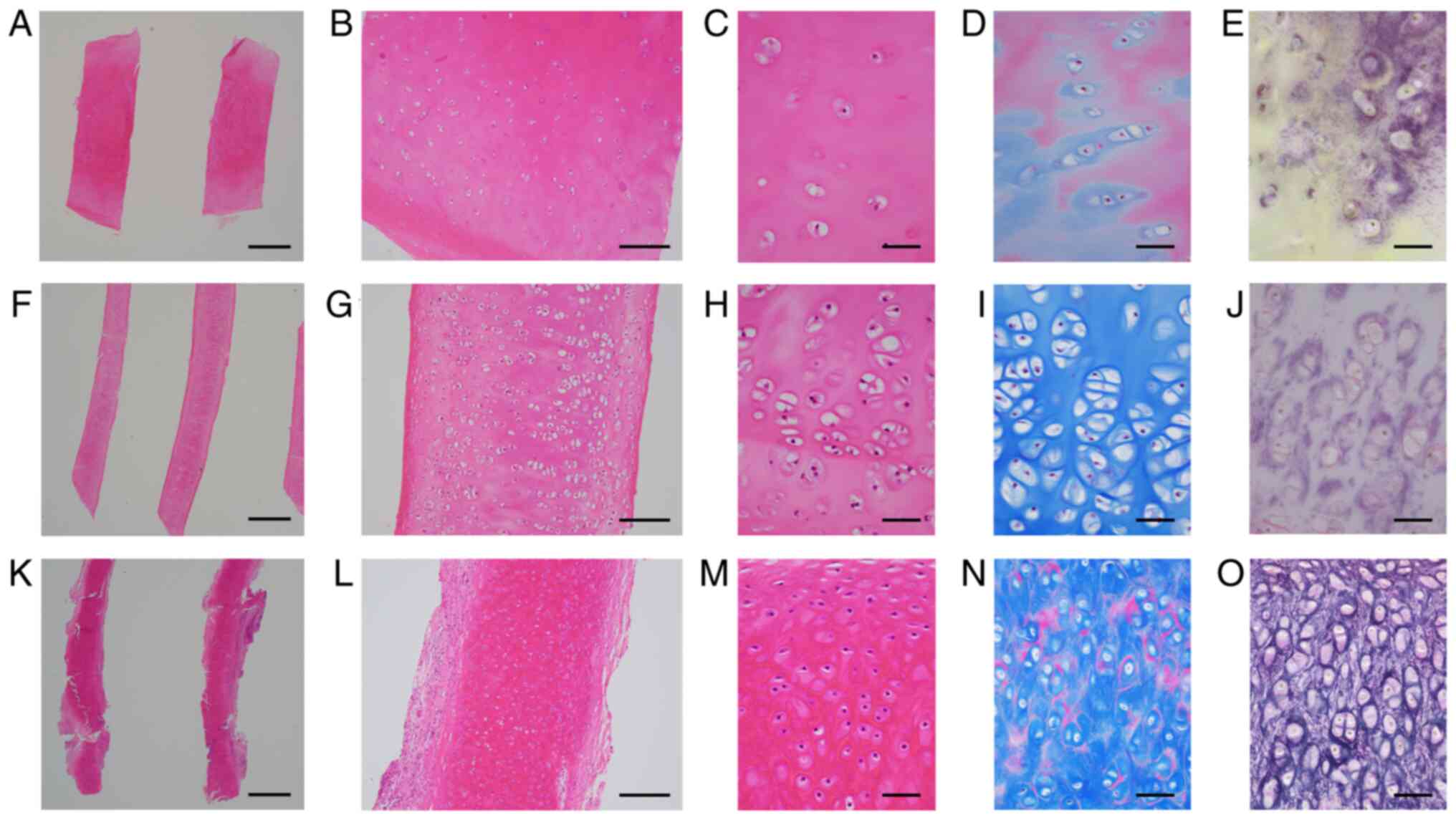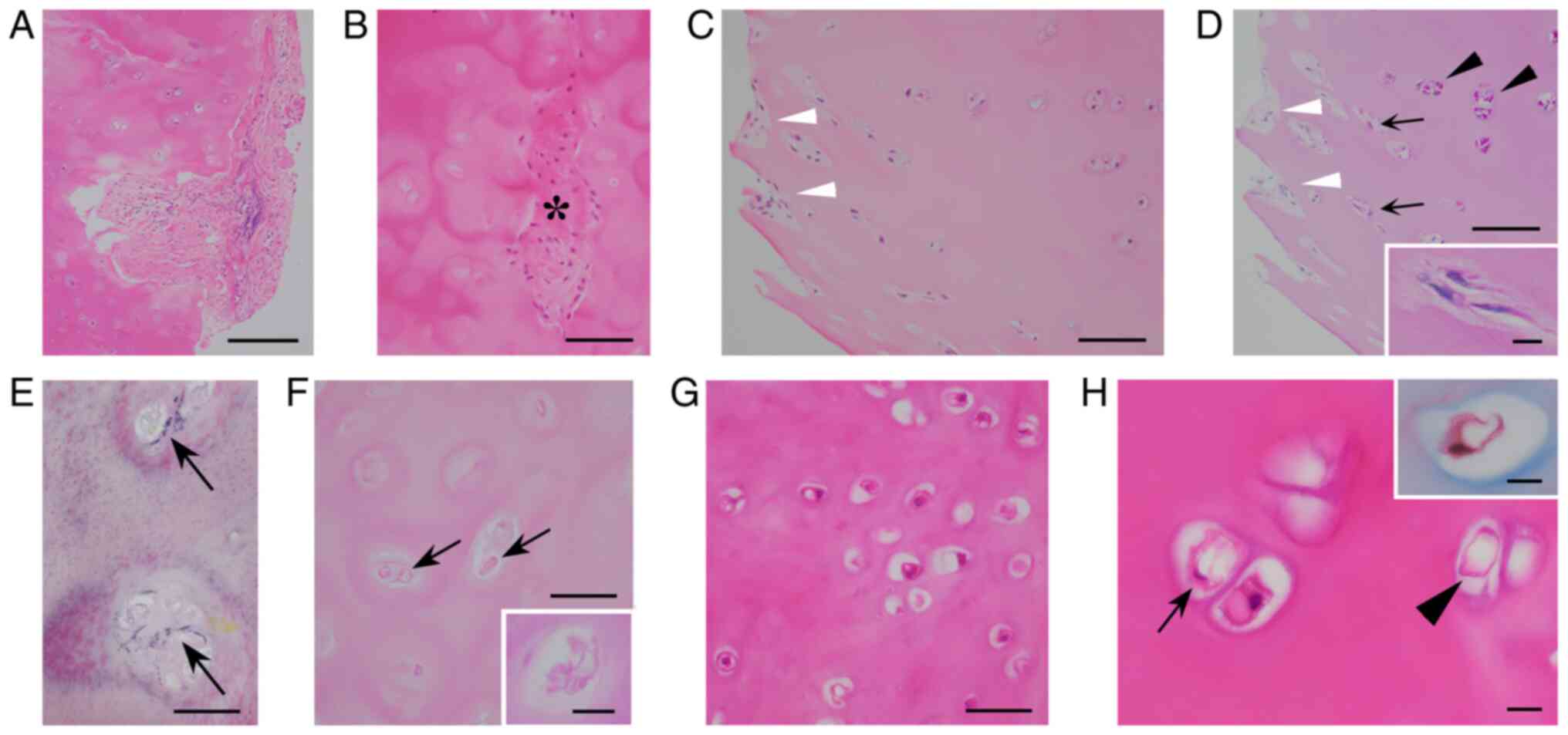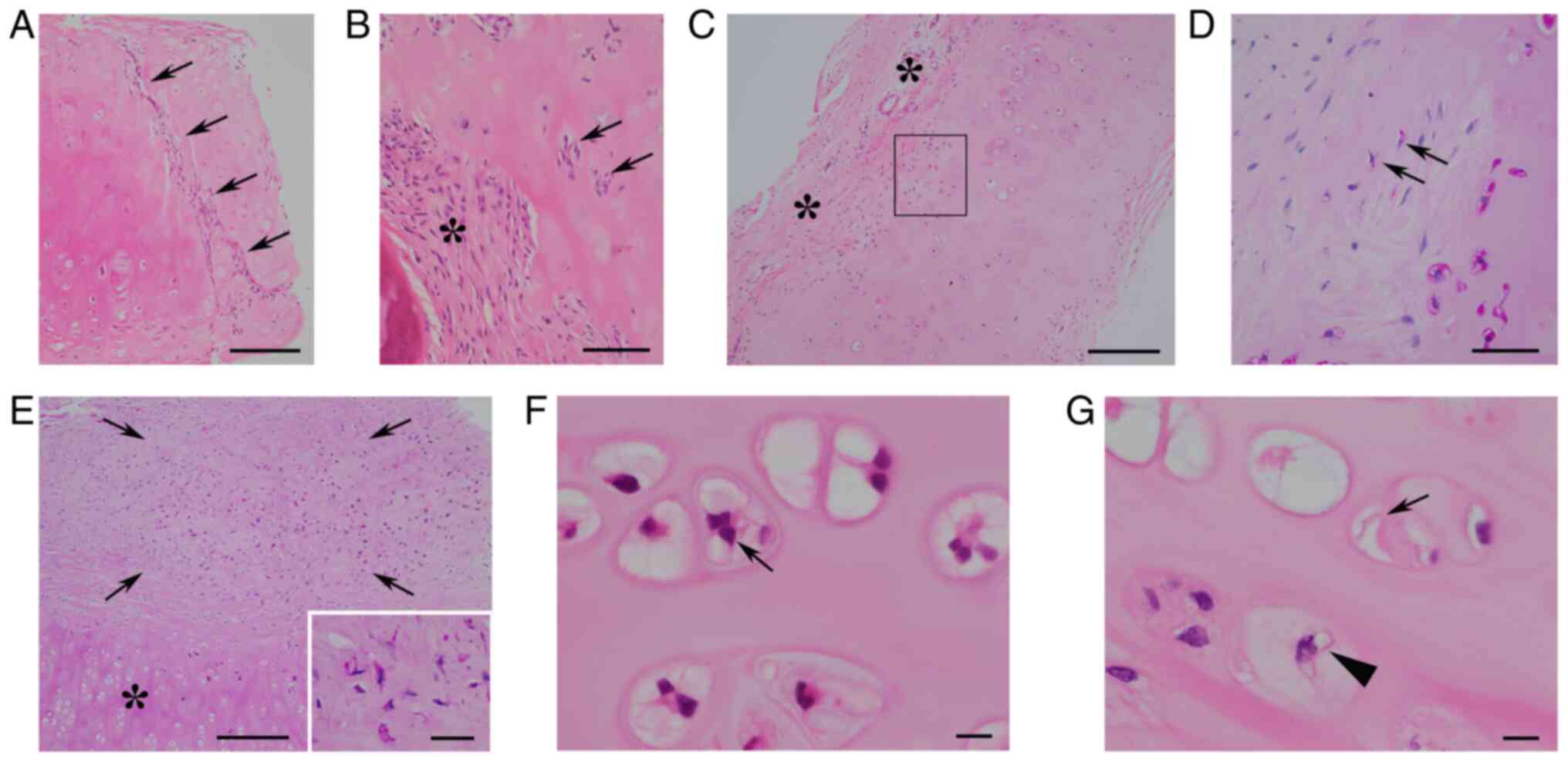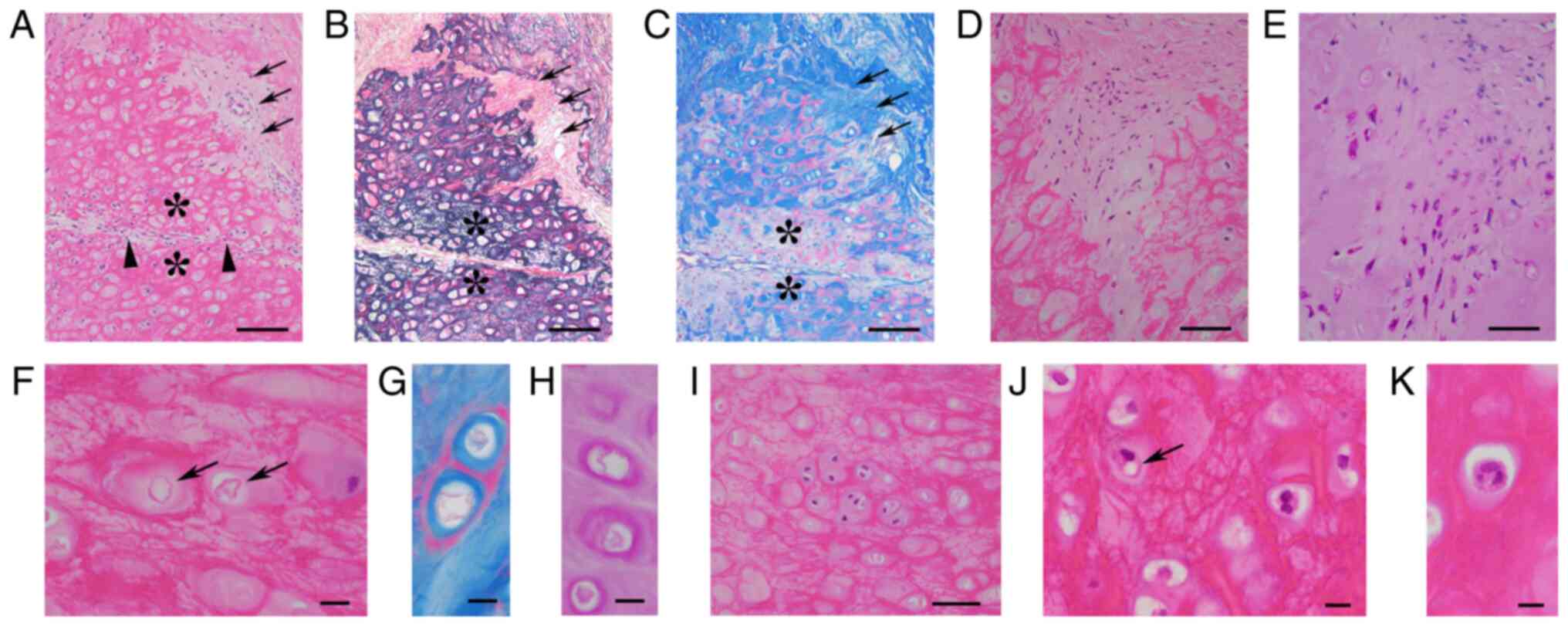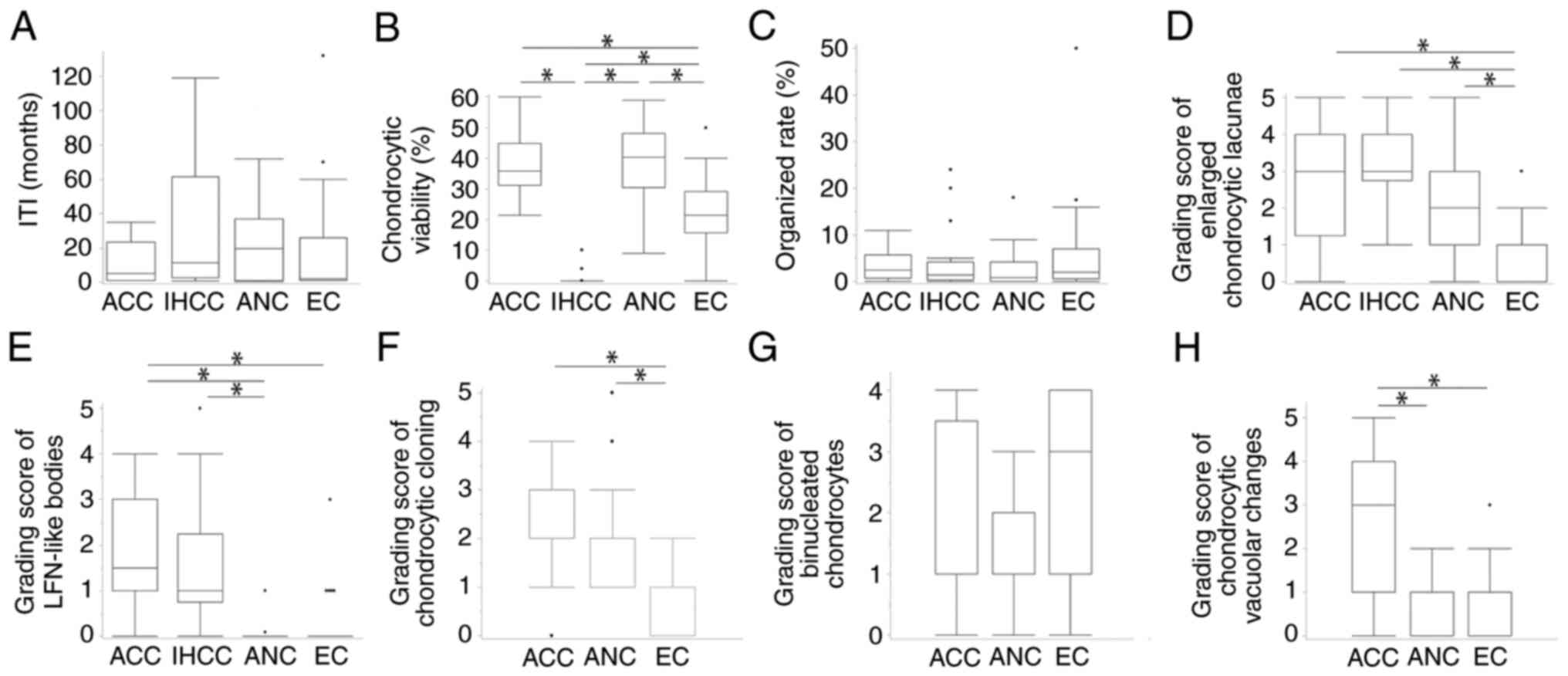|
1
|
Rohrich RJ and Ahmad J: Rhinoplasty. Plast
Reconstr Surg. 128:49e–73e. 2011.PubMed/NCBI View Article : Google Scholar
|
|
2
|
Fichman M and Piedra Buena IT:
Rhinoplasty. In: StatPearls (Internet). StatPearls Publishing,
Treasure Island, FL, 2023.
|
|
3
|
Dayan E and Rohrich RJ: Developing
consistency in rhinoplasty. Plast Reconstr Surg Glob Open.
8(e2697)2020.PubMed/NCBI View Article : Google Scholar
|
|
4
|
Kim JH, Kim GW and Kang WK: Nasal tip
plasty using three-dimensional printed polycaprolactone (Smart
Ball®). Yeungnam Univ J Med. 37:32–39. 2002.PubMed/NCBI View Article : Google Scholar
|
|
5
|
Jang YJ (ed): Rhinoplasty and septoplasty.
1st edition. Koonja Publishing, Seoul, 2014.
|
|
6
|
Miyawaki T, Tsumiyama S, Umeda G, Moriyama
W, Mori E, Asaka D, Iimura J and Otori N: Plastic surgery
principles in septorhinoplasty. -Importance of the caudal septum in
the treatment of caudal septal deviationa-. Nihon Bikagaku
Gakkaishi. 57:637–646. 2018.(Japanese).
|
|
7
|
Griffin MF, Premakumar Y, Seifalian AM,
Szarko M and Butler PE: Biomechanical characterization of the human
nasal cartilages; implications for tissue engineering. J Mater Sci
Mater Med. 27(11)2016.PubMed/NCBI View Article : Google Scholar
|
|
8
|
Shah R and Alford EL: Reconstructive
rhinoplasty using cadaver cartilage in relapsing polychondritis.
Proc (Bayl Univ Med Cent). 36:130–131. 2022.PubMed/NCBI View Article : Google Scholar
|
|
9
|
Jin HR and Won TB: Recent advances in
Asian rhinoplasty. Auris Nasus Larynx. 38:157–164. 2011.PubMed/NCBI View Article : Google Scholar
|
|
10
|
Wright JM, Halsey JN and Rottgers SA:
Dorsal augmentation: A review of current graft options. Eplasty.
23(e4)2023.PubMed/NCBI
|
|
11
|
Vila PM, Jeanpierre LM, Rizzi CJ, Yaeger
LH and Chi JJ: Comparison of autologous vs homologous costal
cartilage grafts in dorsal augmentation rhinoplasty: A systematic
review and meta-analysis. JAMA Otolaryngol Head Neck Surg.
146:347–354. 2020.PubMed/NCBI View Article : Google Scholar
|
|
12
|
Resuli AS, Dilber M, Bayar Muluk N and
Cingi C: Septal extension graft use in the treatment of alar
collapse. Eur Rev Med Pharmacol Sci. 27 (2 Suppl):S8–S13.
2023.PubMed/NCBI View Article : Google Scholar
|
|
13
|
Calvert JW, Brenner K, DaCosta-Iyer M,
Evans GRD and Daniel RK: Histological analysis of human diced
cartilage grafts. Plast Reconstr Surg. 118:230–236. 2006.PubMed/NCBI View Article : Google Scholar
|
|
14
|
Manafi A, Kaviani A, Hamedi ZS, Rajabiani
A and Manafi N: Evidence-based efficacy of autologous grated
cartilage in primary and secondary rhinoplasty. World J Plast Surg.
6:137–143. 2017.PubMed/NCBI
|
|
15
|
Lin SI, Hsiao YC, Chang CS, Chen PKT, Chen
JP and Ueng SH: Histology and long-term stability of diced
cartilage graft for revision rhinoplasty in a cleft patient. Plast
Reconstr Surg Glob Open. 4(e763)2016.PubMed/NCBI View Article : Google Scholar
|
|
16
|
Bender-Heine AN, Zdilla MJ, Russell ML,
Rickards AA, Holmes JS, Armeni MA and Lambert HW: Optimal costal
cartilage graft selection according to cartilage shape: anatomical
considerations for rhinoplasty. Facial Plast Surg. 33:670–674.
2017.PubMed/NCBI View Article : Google Scholar
|
|
17
|
Brenner KA, McConnell MP, Evans GR and
Calvert JW: Survival of diced cartilage grafts: An experimental
study. Plast Reconstr Surg. 117:105–115. 2006.PubMed/NCBI View Article : Google Scholar
|
|
18
|
Jurk V, Kampmann H, Iblher N, Bannasch H
and Gubisch W: Long-term comparison of rib and ear cartilage grafts
in autologous and allogenic fascia lata: An experimental study in a
white rabbit model. Plast Reconstr Surg. 137:1465–1474.
2016.PubMed/NCBI View Article : Google Scholar
|
|
19
|
Kim SH, Suh JH and Jang YJ:
Histomorphological findings of cartilage and surrounding tissues
according to thickness and manipulations in rabbits. Aesthet Surg
J. 42:NP489–NP500. 2022.PubMed/NCBI View Article : Google Scholar
|
|
20
|
Heatley DG, Clary RA, Garner FT and Lusk
RP: Auricular cartilage versus costal cartilage as a grafting
material in experimental laryngotracheal reconstruction.
Laryngoscope. 105 (9 Pt 1):983–987. 1995.PubMed/NCBI View Article : Google Scholar
|
|
21
|
Milgram JW (ed): Radiologic and histologic
pathology of nontumorous diseases of bones and joints. Northbrook
Publishing Co Inc, Northbrook IL, pp21-32, 57-89, 95-112, 1990.
|
|
22
|
Ishida T and Imamura T (eds): Surgical
pathology of non-neoplastic bone and joint diseases. Bunkoudo,
Tokyo, pp48-61, pp226-236, 2003 (in Japanese).
|
|
23
|
Klein MJ, Bonar SF, Freemont T, Vinh TN,
Lopez-Ben R, Siegel HJ and Siegel GP: Non-neoplastic diseases of
bones and joints. In: King DW, Gardner WA, Sobin LH, Stocker JT,
Wagner B (eds) Atlas of nontumor pathology. first series, fascicle
9. American Registry of Pathology, Washington DC, pp1-53, 85-298,
577-767, 2011.
|
|
24
|
Nakajima H: A histological study of the
nasal cartilages in man (Japanese adults). Oto-Rhino-Laryngology
Tokyo. 17:171–202. 1974.(in Japanese).
|
|
25
|
Pawlina W: Histology: a text and atlas:
with correlated cell and molecular biology. 9th edition. Wolters
Kluwer Business, Philadelphia PA, pp228-237, 2024.
|
|
26
|
Maclean F: Joints. In: Mills SE (ed)
Histology for Pathologists. 5th edition. Wolters Kluwer,
Philadelphia PA: pp113-132, 2020.
|
|
27
|
Machinami R: Membranous lipodystrophy-like
changes in ischemic necrosis of the legs. Virchows Arch A Pathol
Anat Histopathol. 399:191–205. 1983.PubMed/NCBI View Article : Google Scholar
|
|
28
|
Matsukuma S, Matsunaga A, Takahashi O and
Ogata S: Lipomembranous fat necrosis: A distinctive and unique
morphology (Review). Exp Ther Med. 24(759)2022.PubMed/NCBI View Article : Google Scholar
|
|
29
|
Bos EJ, Pluemeekers M, Helder M, Kuzmin N,
van der Laan K, Groot ML, van Osch G and van Zuijlen P: Structural
and mechanical comparison of human ear, alar, and septal cartilage.
Plast Reconstr Surg Blob Open. 6(e1610)2018.PubMed/NCBI View Article : Google Scholar
|
|
30
|
Sinclair S and Walsh WR: Characterization
of costal cartilage allografts. ANZ J Surg. 92:2274–2279.
2022.PubMed/NCBI View Article : Google Scholar
|
|
31
|
Wang Y, Wei L, Zeng L, He D and Wei X:
Nutrition and degeneration of articular cartilage. Knee Surg Sports
Traumatol Arthrosc. 21:1751–1762. 2013.PubMed/NCBI View Article : Google Scholar
|
|
32
|
Cheng T, Maddox NC, Wong AW, Rahnama R and
Kuo AC: Comparison of gene expression patterns in articular
cartilage and dedifferentiated articular chondrocytes. J Orthop
Res. 30:234–245. 2012.PubMed/NCBI View Article : Google Scholar
|
|
33
|
Hall AC: The role of chondrocyte
morphology and volume in controlling phenotype-Implications for
osteoarthritis, cartilage repair, and cartilage engineering. Curr
Rheumatol Rep. 21(38)2019.PubMed/NCBI View Article : Google Scholar
|
|
34
|
Sato K, Moy OJ, Peimer CA, Nakamura T,
Howard C, Ko SH, Lee TC and Nishiwaki Y: An experimental study on
costal osteochondral graft. Osteoarthritis Cartilage. 20:172–183.
2012.PubMed/NCBI View Article : Google Scholar
|



